2017 Turtle Season Cozumel
2017 Turtle Season Starting Early
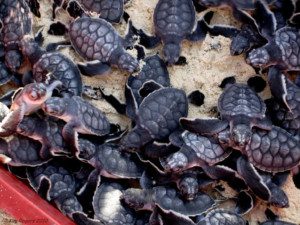
Biologists are reporting early nesting already …
Although traditionally May 15th is the official start of the turtle nesting season, according to various reports, the Municipal Department of public security has already been restricting the passage of vehicles to the eastern part of the island after 6:00 PM, as several turtles’ nests have already been found.
The incubation time for a turtle egg is around 60 days, so baby turtle releases shouldn’t be expected until July, however, marking nests, and securing the eggs is currently an on-going project for the Municipal Department of Ecology. . To find out more about the program, or to get involved, please visit the Municipal Department of Ecology, located at the Cenote Park on Av. 65.
If you’re arriving from the US and have a little extra room in your suitcase, the biologists are looking for headlamps, the flashlights worn on your head, to keep your hands free, as well as rolls of fluorescent marking tape
Cozumel is fortunate to be a breeding area to two species of turtles, the loggerhead (careta careta) and the green turtle (chelonian mydas). Turtles in Cozumel are protected under both civil and penal codes, with the first decree of protection appearing in publication in “Diario Oficial de la Federación,” back in 1927. During the months of May through September these turtles come ashore to lay their eggs on Cozumel’s eastern beaches. Sea turtles generally lay between 150-200 eggs each time and can nest up to 6 times in a breeding season. The eggs take around 60 days to incubate before the baby turtles head toward the sea.
Se anticipó la temporada 2017 de arribazón de tortugas
Los biólogos ya reportan los primeros nidos….
No obstante que por lo general el 15 de mayo es la fecha oficial para el inicio de la temporada de
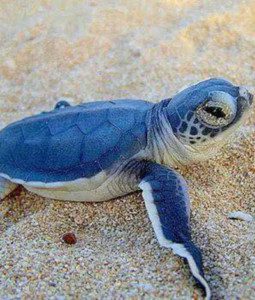
anidación, de acuerdo a diversos informes la Dirección Municipal de Seguridad Pública ha comenzado a restringir el acceso a vehículos dentro de la zona oriental de la Isla, a partir de las 6:00 p.m., puesto que ya han encontrado diversas tortugas.
El tiempo de incubación de un huevo de tortuga es de alrededor de 60 días por lo que la liberación de tortuguitas será hasta Julio; sin embargo, la Dirección Municipal de Ecología cuenta con el proyecto permanente de marcaje de nidos y aseguramiento de huevos. Para mayores detalles acerca del programa o de cómo participar, por favor visite las oficinas de la Dirección de Ecología que se ubican en el Parque del Cenote sobre avenida 65.
Si viaja a Cozumel con procedencia de los EE.UU. y cuenta con algo de espacio en su equipaje, los biólogos requieren linternas de cabeza para con ello tener las manos libres y también cinta fluorescente para hacer demarcaciones.
Cozumel tiene la fortuna de ser zona de cría de dos especies de tortugas: la tortuga caguama (Caretta caretta) y la tortuga verde (Chelonian mydas). Las tortugas de Cozumel están protegidas tanto por el Código Civil como el Penal, siendo que el primer decreto para su protección fue publicado en el Diario Oficial de la Federación en el año 1927. Entre los meses de Mayo a Septiembre, arriban estas tortugas para colocar sus huevos en las playas orientales de Cozumel. Por lo general las tortugas marinas colocan entre 150 y 200 huevos cada ocasión, y pueden anidar hasta 6 veces durante una misma temporada. Los huevos tardan alrededor de 60 días antes de eclosionar y que las tortuguitas se dirijan al mar.
______________________________
Una ex yanqui de Connecticut quien llama hogar a Cozumel desde hace más de 15 años. Laura escapó al Caribe hace años, desplazándose de una isla a otra dando clases de BUCEO. Se dedicó a perder el tiempo en Jamaica y finalmente se detuvo en Cozumel para pasar unas vacaciones de 2 semanas que aún no terminan. Convenciendo a sus padres que pagaran una elegante universidad privada, obtuvo su título en Periodismo y Laura crea semanalmente Cozumel 4You, medios sociales y artículos promocionales sobre la Isla y también es moderadora en el grupo Cozumel 4 You en Facebook que actualmente cuenta con 25,000 miembros. Fabián, s umuy tolerante marido, desde hace mucho tiempo se resignó a no tener vida privada, pues se ha visto implicado en los diversos proyectos y planes que urde Laura. Son orgullosos padres de diversos perros y gatos rescatados. Mientras contempla su paso a través de la vida en el Caribe mexicano,Laura continúa siendo la pesadilla en la existencia de su muy tradicional suegra mexicana.
- Cozumel Museum - April 25, 2025
- Feria Cedral Schedule - April 25, 2025
- Cozumel Home Security Systems - April 25, 2025
An ex-Connecticut Yankee who has called Cozumel home for over 18 years, Laura ran away to the Caribbean years ago, bumped around the islands teaching SCUBA diving, lost some time in Jamaica, and finally stopped in Cozumel for a 2 week vacation that hasn’t ended yet. With a degree in Journalism from a fancy private college she convinced her parents to pay for, Laura writes, edits, and creates the weekly Cozumel 4 You news, social media, and promotional articles about the island, as well as moderates the Cozumel 4 You Facebook group, which currently has over 25,000 members. Her long suffering husband, Fabian, has long since resigned himself to having zero private life, as he’s been involved in her various schemes and plots since his arrival. Proud parents to a variety of rescue dogs and cats, Laura continues to be the bane of her traditional Mexican mother-in-law’s existence, as she muses her way through life in the Mexican Caribbean. ______________________________ Una ex yanqui de Connecticut quien llama hogar a Cozumel desde hace más de 15 años. Laura escapó al Caribe hace años, desplazándose de una isla a otra dando clases de BUCEO. Se dedicó a perder el tiempo en Jamaica y finalmente se detuvo en Cozumel para pasar unas vacaciones de 2 semanas que aún no terminan. Convenciendo a sus padres que pagaran una elegante universidad privada, obtuvo su título en Periodismo y Laura crea semanalmente Cozumel 4You, medios sociales y artículos promocionales sobre la Isla y también es moderadora en el grupo Cozumel 4 You en Facebook que actualmente cuenta con 25,000 miembros. Fabián, s umuy tolerante marido, desde hace mucho tiempo se resignó a no tener vida privada, pues se ha visto implicado en los diversos proyectos y planes que urde Laura. Son orgullosos padres de diversos perros y gatos rescatados. Mientras contempla su paso a través de la vida en el Caribe mexicano, Laura continúa siendo la pesadilla en la existencia de su muy tradicional suegra mexicana.
1 Comment
Leave a Reply Cancel reply
2025 Turtle Season
2025 Turtle Season 2025 Cozumel Turtle Egg Season Kicks off With the...
“Cozumel Vivo” Marine Conservation
“Cozumel Vivo” Marine Conservation The “Cozumel Vivo” Project Unites Science and Community...
Cozumel Sargassum Seaweed
Cozumel Sargassum Seaweed Spring is Here & so is Sargassum The sargassum...
Reef Care Parrotfish Slaughter Cozumel
Reef Care Parrotfish Slaughter Cozumel “Caring for our reefs is everyone’s responsibility,”...


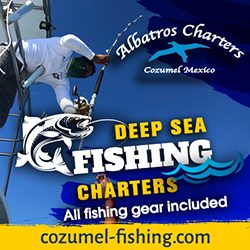





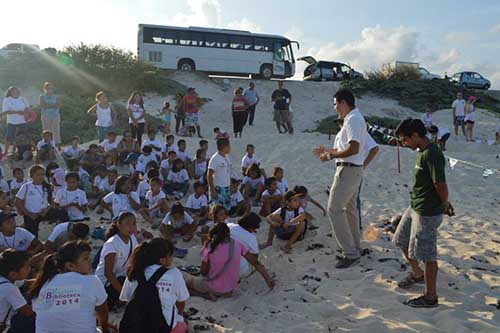
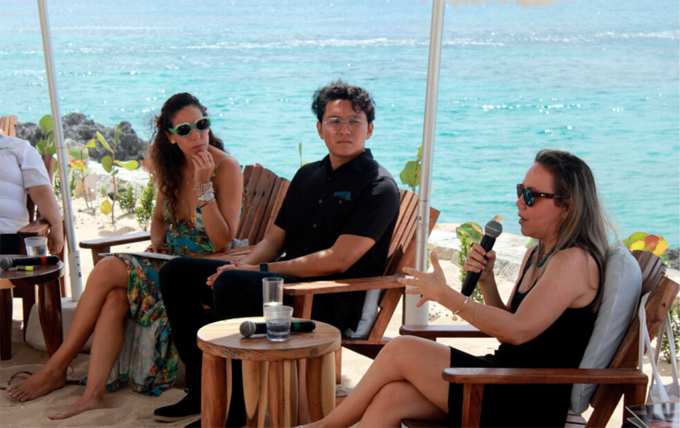
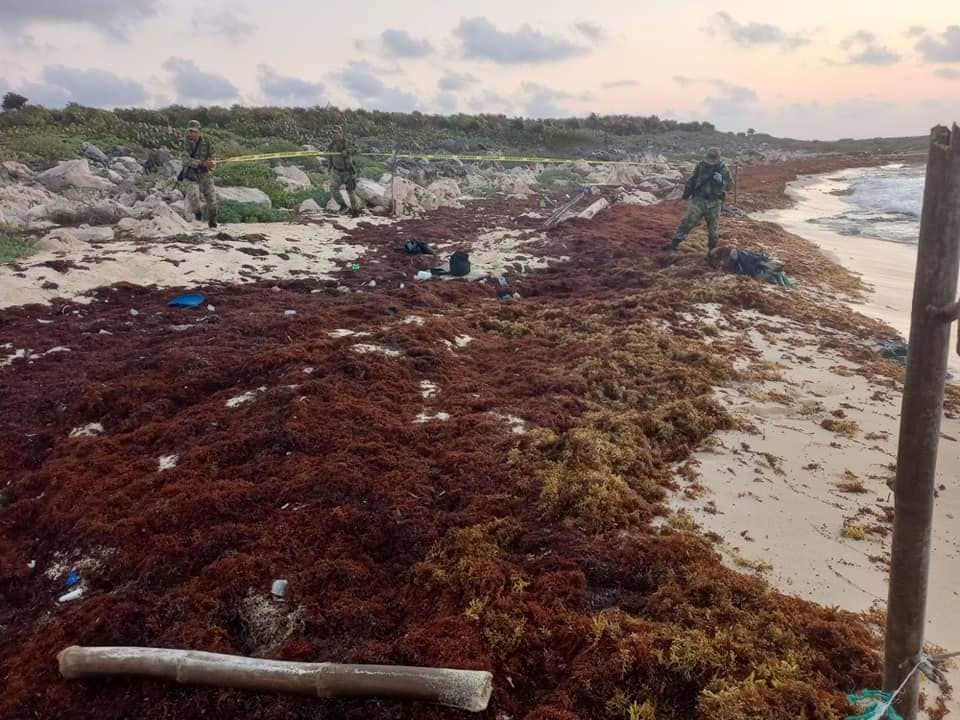
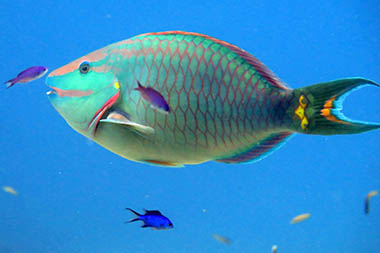






Hi Laura, Nice work, I have been traveling to Cozumel since 1978, I moved to Veracruz in 1980 and left for Brasil in 2000. I am a turtle biologist and we recently discovered that most species of turtles are vocalizing underwater and while nesting and in the nest, in fact within the egg as well. I will be at the Melia Maya 15-21 of July and would like to hook up with the sea turtle researchers in Cozumel at theat time and attempt to record vocalizations of these species in the water, on the beach and in the nsest. I have already recorded Kemps Ridleys in Veracruz, Olive Ridleys and Leatherbacks in Oaxaca with MArtha Harfuush fo the Center for Mexican turtles. If there is a group of sea turtle enthusiasts in Cozueml at that time I could give a tak about turtle vocalizations whilre there.